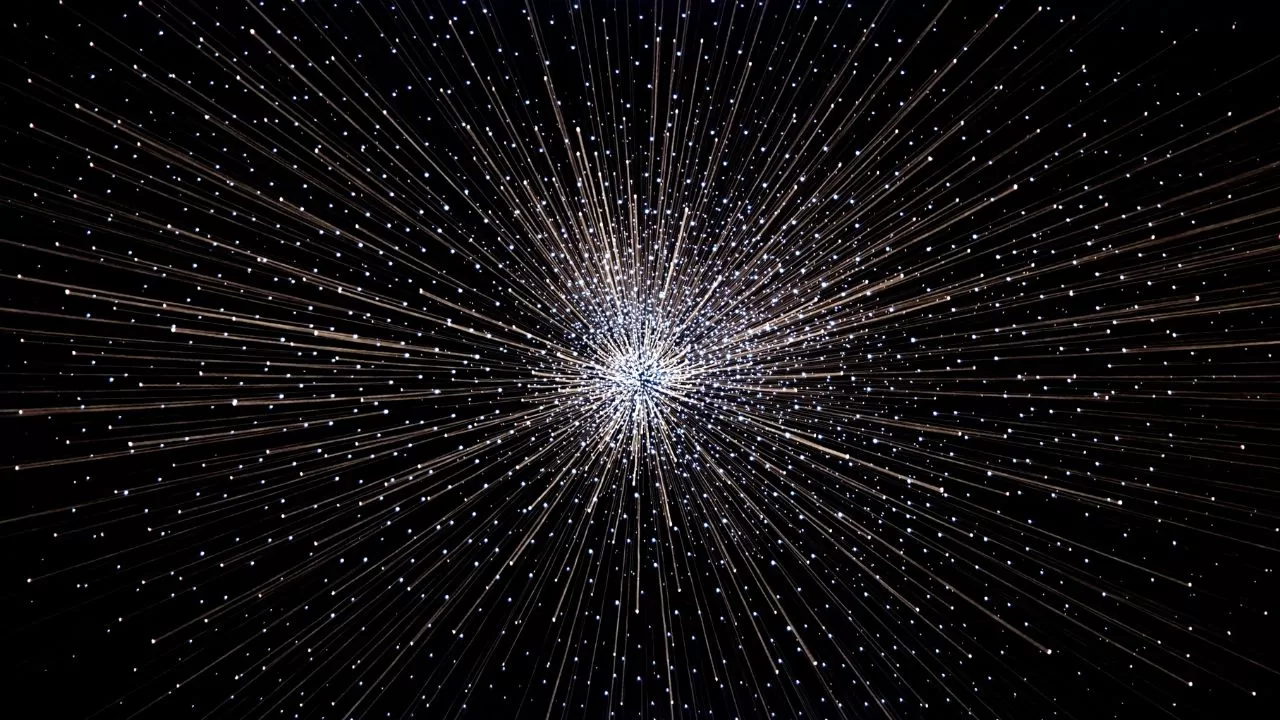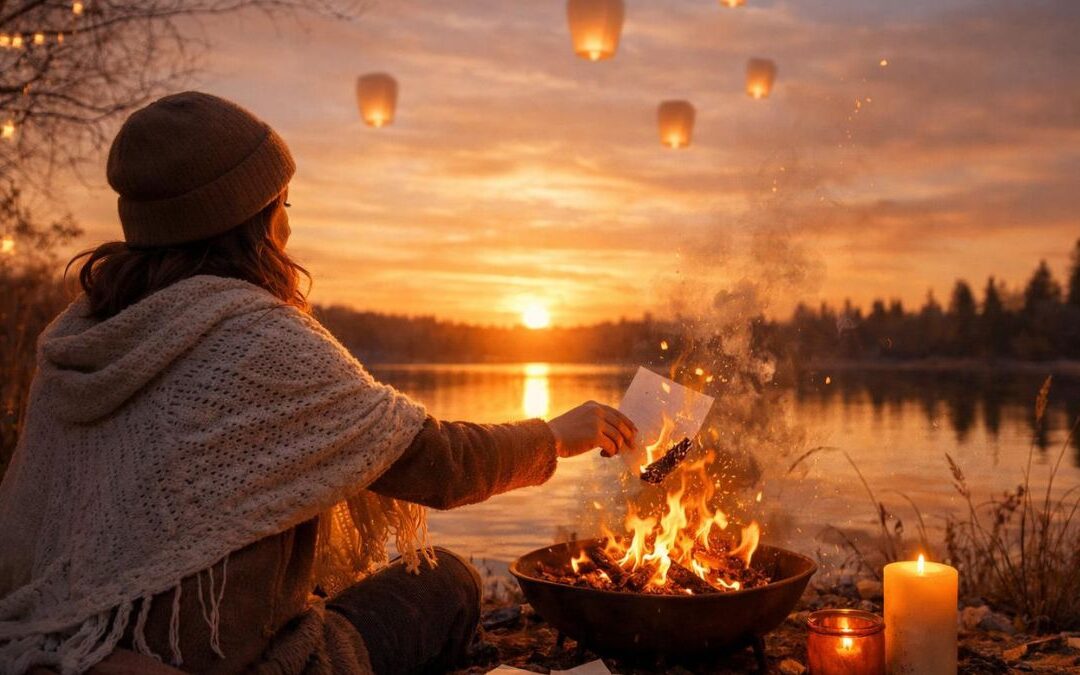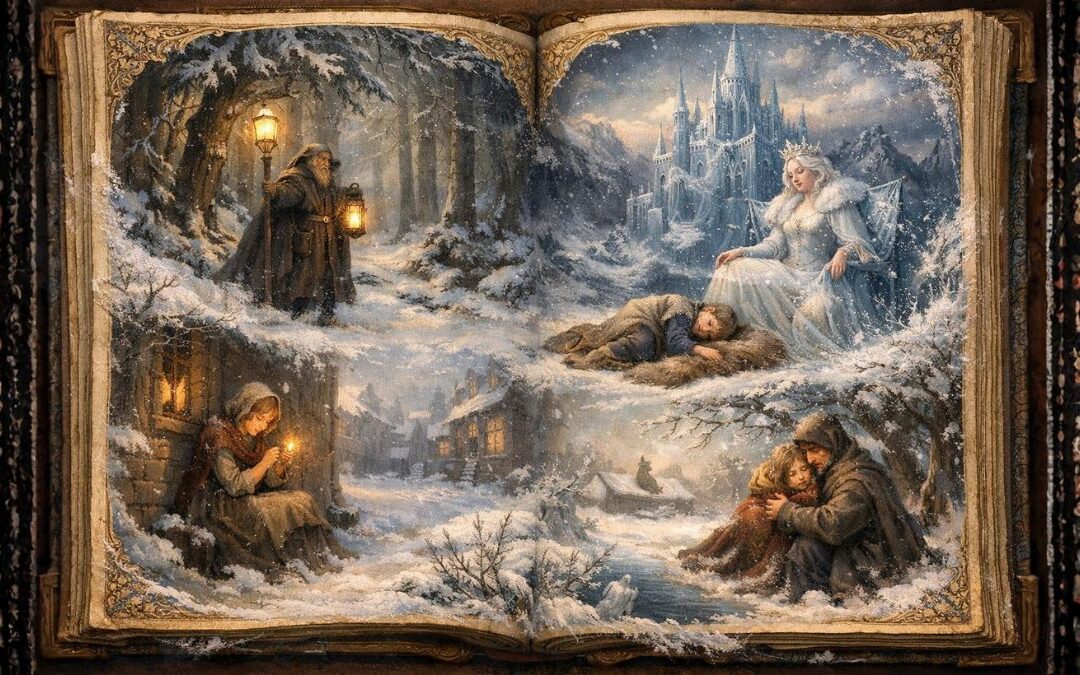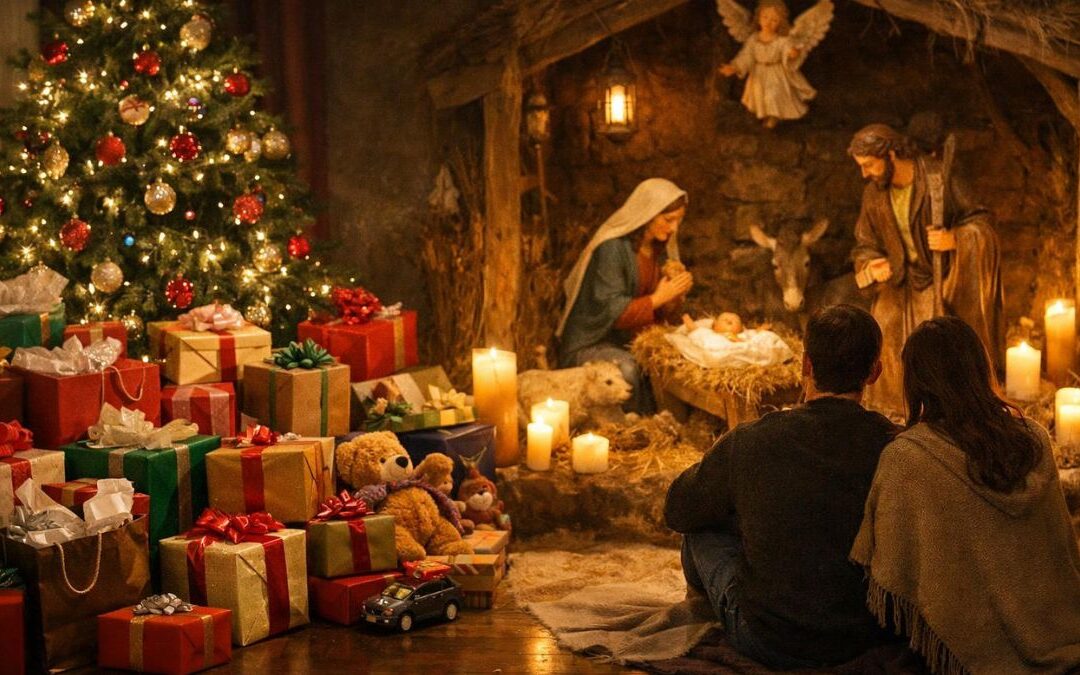- Origins: The Birth of the Universe and Earth
- Keywords
- Key Takeaways
- Frequently Asked Questions (FAQs)
- Why did the Big Bang happen in the first place?
- Are there other universes beyond our own?
- How long did the process of star formation take after the Big Bang?
- What determines the lifespan of a star?
- How did the Sun end up with its planets, including Earth?
- Why is Earth’s collision with Theia only a theory?
- How did life begin on Earth?
- What role did comets play in Earth’s history?
- Are all nebulae the birthplaces of stars?
- How do scientists study the events of the early universe?
- Myth Buster
- Myth: The Big Bang was an explosion in space.
- Myth: There’s a center of the universe.
- Myth: Earth is at the center of the solar system.
- Myth: The Moon was always there with Earth.
- Myth: The Big Bang theory is just a guess.
- Myth: Stars are stationary.
- Myth: Planets formed instantly.
- Myth: All stars are the same.
- Myth: The universe’s expansion means everything in space is moving away from everything else.
- Myth: The Earth’s early atmosphere was similar to today’s.
Origins: The Birth of the Universe and Earth
In the vast expanse of nothingness, where silence reigned supreme and darkness was the only companion, there was a sudden, inexplicable twitch. This was not just any twitch, but a moment that would forever change the landscape of existence. It was the beginning of… well, the beginning!
Imagine, if you will, a point so infinitesimally small that even the most powerful microscopes would give up in frustration. This tiny, restless point, overflowing with energy and potential, was all there was. Until one fine (or rather undefined) moment, it decided it could no longer contain itself. It had had enough of the claustrophobia! And so, with an enthusiasm unmatched by the most avid of party poppers, it exploded!
This event, now famously known as the Big Bang, was not just any regular explosion. It was a grand symphony of all the forces, particles, and energies that we are now familiar with. As the universe rapidly expanded, it must have felt like the most exhilarating roller coaster ride, but without the safety harness and with no definite track. Every particle zoomed away from every other particle, much like shoppers rushing into a store on Black Friday.
Now, as the universe expanded, things began to cool down a bit. Protons and neutrons began to play tag, capturing electrons along the way and forming the first atoms. Hydrogen and helium, the oldest siblings in the family of elements, were born. These atoms felt a little lonely, so they started clumping together under the pull of gravity. These gatherings soon became the gigantic cosmic nurseries where stars were born.
Oh, stars! Those luminous balls of gas that have inspired poets, lovers, and many lost travelers. But their birth isn’t as poetic. In these nurseries, or nebulae, the pressure and temperature rose so high that hydrogen atoms began to fuse together, releasing a colossal amount of energy and birthing a star. But stars, like humans, have life cycles. Some live fast and die young, exploding as supernovae and scattering heavy elements into space. Others, like our Sun, lead a relatively calm life.
Speaking of our Sun, let’s fast forward a little. Amidst the cosmic dance, a particular cloud of gas and dust started collapsing under gravity. As this cloud collapsed, it began to spin, with most of its material congregating at the center, forming our beloved Sun. The remaining bits and bobs started circling around in a flattened disk.
And here’s where things get messy, in a cosmic kind of way. Within this disk, particles began to stick together, much like how wet sand clumps together on a beach. Over time, these clumps grew bigger and bigger, pulling in more material with their increasing gravity. Voilà! The planets were forming, and among them was our Earth.
Earth, in its early days, would be unrecognizable. It was a hot, chaotic place with molten lava everywhere. But, much like a rebellious teenager, Earth matured over time. It cooled down, formed a solid crust, and water, possibly delivered by icy comets, began to pool on its surface.
But, oh dear, Earth’s story was not without drama! Around 4.5 billion years ago, it had a catastrophic collision with a Mars-sized body named Theia. But every cloud has a silver lining. From this violent encounter, debris was thrown into orbit, eventually coalescing to form our Moon.
Back on Earth, the atmosphere evolved, oceans stabilized, and the stage was set for the first signs of life. But that, my dear reader, is a tale for another time.
Through the swirling mists of time and vastness of space, the universe and Earth have journeyed together, witnessing the most incredible events, some dramatic and others quietly profound. From a minuscule point to the vast cosmos, and from a molten rock to a blue planet teeming with life, it’s a tale of origins that reminds us of our humble beginnings in this grand cosmic story.
Keywords
- Big Bang: The event marking the beginning of the universe when all matter and energy explosively expanded from a singular, infinitesimally small point.
- Nebulae: Immense clouds of gas and dust in space which serve as the birthplaces of stars.
- Supernovae: Explosive events at the end of certain stars’ lifecycles, scattering elements into space.
- Hydrogen and helium: The first and most basic elements formed after the Big Bang.
- Gravity: The force that pulls matter together, instrumental in the formation of stars, planets, and galaxies.
- Sun: Our solar system’s central star, formed from the collapse of a cloud of gas and dust.
- Planets: Celestial bodies formed from the remnants of material left from a star’s birth, orbiting the star.
- Earth: The third planet from the Sun in our solar system, and our home.
- Theia: A Mars-sized body that is believed to have collided with the early Earth, leading to the formation of the Moon.
- Moon: Earth’s natural satellite formed from the debris of a collision between Earth and Theia.
Key Takeaways
- The universe began with the Big Bang, an explosive event from a singular point.
- As the universe expanded and cooled, hydrogen and helium atoms formed.
- These atoms clumped together under gravity, leading to the birth of stars.
- Stars have life cycles, with some exploding as supernovae.
- Our Sun and planets, including Earth, formed from a collapsing cloud of gas and dust.
- Earth underwent significant changes, including a massive collision with Theia that led to the Moon’s formation.
- Over time, Earth matured, forming its crust and accumulating water, setting the stage for life.
Frequently Asked Questions (FAQs)
Why did the Big Bang happen in the first place?
The exact cause of the Big Bang is still a topic of investigation. Current theories suggest it might be the result of quantum fluctuations in a primordial vacuum, but the true cause remains one of the greatest mysteries in cosmology.
Are there other universes beyond our own?
The concept of a multiverse proposes that there might be multiple or even an infinite number of universes, including our own. However, this remains a speculative idea and hasn’t been proven.
How long did the process of star formation take after the Big Bang?
It’s believed that the first stars began to form about 200 million years after the Big Bang.
What determines the lifespan of a star?
A star’s mass is the primary determinant of its lifespan. Generally, more massive stars burn brighter and faster, having shorter lifespans than less massive stars.
How did the Sun end up with its planets, including Earth?
After the Sun formed, the remaining material in the surrounding disk began to coalesce and form planets, a process driven by gravity and other forces.
Why is Earth’s collision with Theia only a theory?
While evidence supports the Theia collision theory, such as similarities in isotopic compositions between Earth and Moon rocks, it remains a theory because we can’t go back in time to observe the event.
How did life begin on Earth?
The origin of life is a complex question. While there are several theories, like the primordial soup theory or hydrothermal vent theory, the exact process remains uncertain.
What role did comets play in Earth’s history?
Comets, made of ice and rock, might have delivered water and organic compounds to Earth, possibly aiding in the formation of oceans and the beginnings of life.
Are all nebulae the birthplaces of stars?
While many nebulae are regions of active star formation, not all are. Some are remnants of dead or dying stars.
How do scientists study the events of the early universe?
Scientists use instruments like telescopes to observe distant galaxies and cosmic radiation, which serve as “windows” into the universe’s history.
Myth Buster
Myth: The Big Bang was an explosion in space.
Reality: The Big Bang wasn’t an explosion in space; it was an expansion of space itself. Everything in the universe expanded from a singular point.
Myth: There’s a center of the universe.
Reality: The universe doesn’t have a center. Every point in the universe is expanding away from every other point.
Myth: Earth is at the center of the solar system.
Reality: Earth orbits the Sun. The Sun is the center of our solar system.
Myth: The Moon was always there with Earth.
Reality: The Moon formed after a significant collision between the early Earth and another celestial body, Theia.
Myth: The Big Bang theory is just a guess.
Reality: The Big Bang theory is a well-supported scientific explanation backed by a multitude of evidence, like the cosmic microwave background radiation.
Myth: Stars are stationary.
Reality: Stars move within their galaxies due to gravitational forces. Our Sun, for instance, orbits the center of the Milky Way.
Myth: Planets formed instantly.
Reality: Planet formation is a gradual process that took millions of years, involving particles clumping and coalescing.
Myth: All stars are the same.
Reality: Stars vary in size, temperature, color, and lifespan. Their characteristics depend on their mass and stage in the stellar lifecycle.
Myth: The universe’s expansion means everything in space is moving away from everything else.
Reality: While the universe as a whole is expanding, locally, objects like stars and galaxies can still gravitate towards each other.
Myth: The Earth’s early atmosphere was similar to today’s.
Reality: Earth’s early atmosphere was vastly different, lacking oxygen and consisting mainly of gases like methane and ammonia.










0 Comments